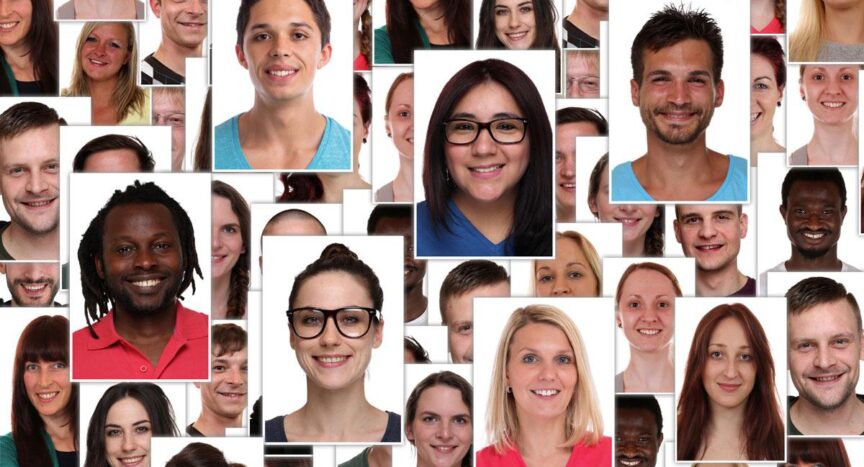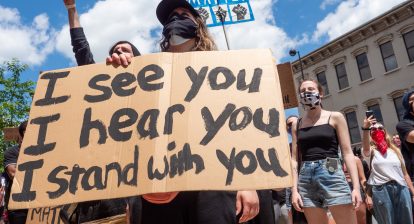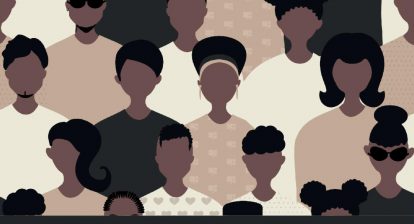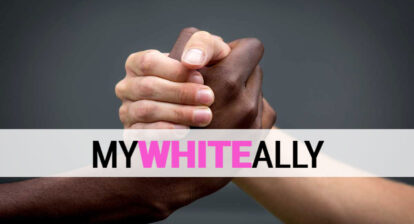To create an equal society, we must commit to making unbiased choices and being antiracist in all aspects of our lives.
Race does not biologically exist, yet how we identify with race is so powerful, it influences our experiences and shapes our lives. In a society that privileges white people and whiteness, racist ideas are considered normal throughout our media, culture, social systems, and institutions. Historically, racist views justified the unfair treatment and oppression of people of color (including enslavement, segregation, internment, etc.). We can be led to believe that racism is only about individual mindsets and actions, yet racist policies also contribute to our polarization. While individual choices are damaging, racist ideas in policy have a wide-spread impact by threatening the equity of our systems and the fairness of our institutions. To create an equal society, we must commit to making unbiased choices and being antiracist in all aspects of our lives.
To be antiracist is a radical choice in the face of history, requiring a radical reorientation of our consciousness.
Ibram Kendi
“How to be an Antiracist”
Being antiracist is fighting against racism. Racism takes several forms and works most often in tandem with at least one other form to reinforce racist ideas, behavior, and policy. Types of racism are:
- Individual racism refers to the beliefs, attitudes, and actions of individuals that support or perpetuate racism in conscious and unconscious ways. The U.S. cultural narrative about racism typically focuses on individual racism and fails to recognize systemic racism. Examples include believing in the superiority of white people, not hiring a person of color because “something doesn’t feel right,” or telling a racist joke.
- Interpersonal racism occurs between individuals. These are public expressions of racism, often involving slurs, biases, or hateful words or actions.
- Institutional racism occurs in an organization. These are discriminatory treatments, unfair policies, or biased practices based on race that result in inequitable outcomes for whites over people of color and extend considerably beyond prejudice. These institutional policies often never mention any racial group, but the intent is to create advantages. Example: A school system where students of color are more frequently distributed into the most crowded classrooms and underfunded schools and out of the higher-resourced schools.
- Structural racism is the overarching system of racial bias across institutions and society. These systems give privileges to white people resulting in disadvantages to people of color.Example: Stereotypes of people of color as criminals in mainstream movies and media.
Read the full article https://nmaahc.si.edu/learn/talking-about-race/topics/being-antiracist.








